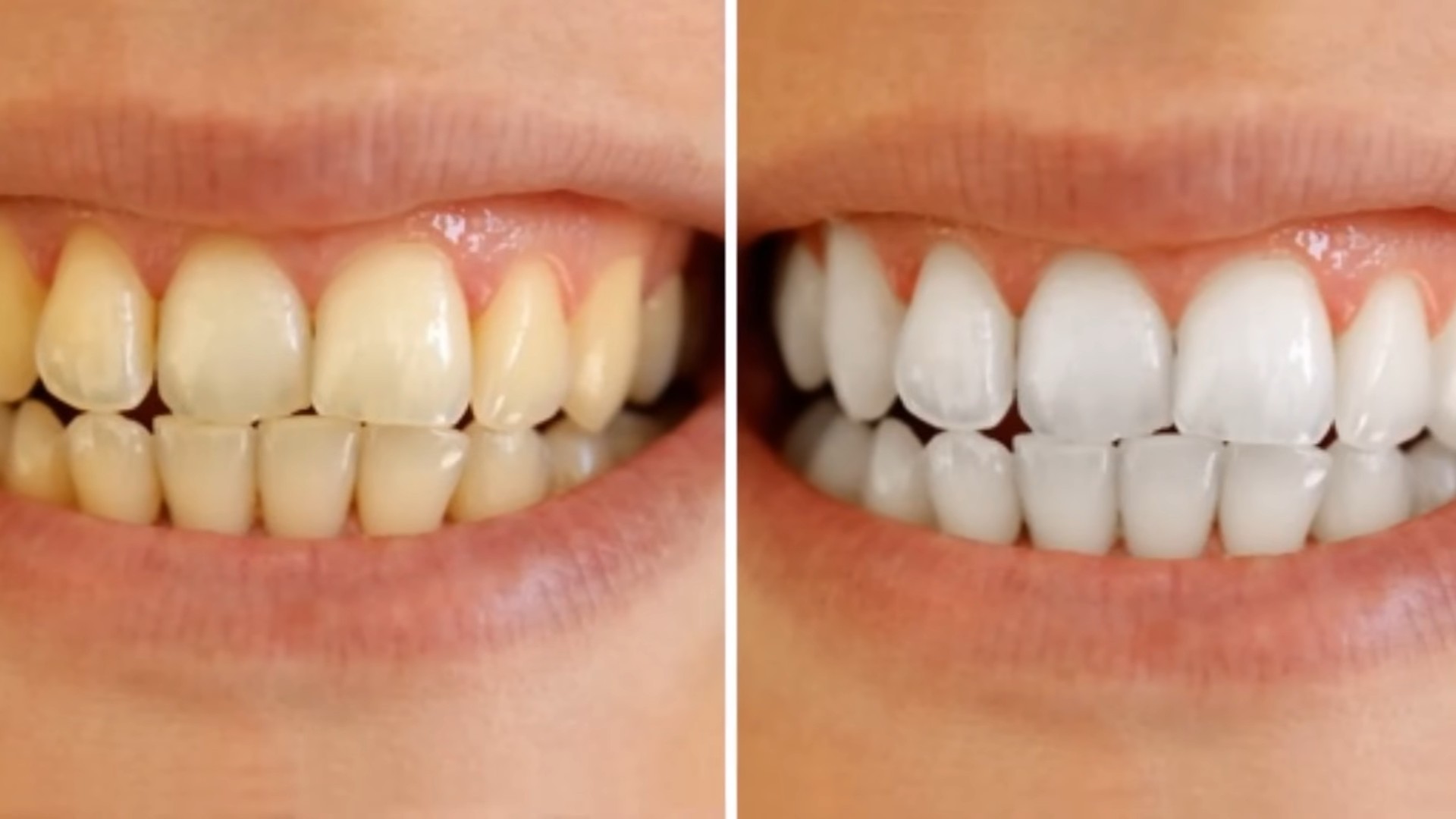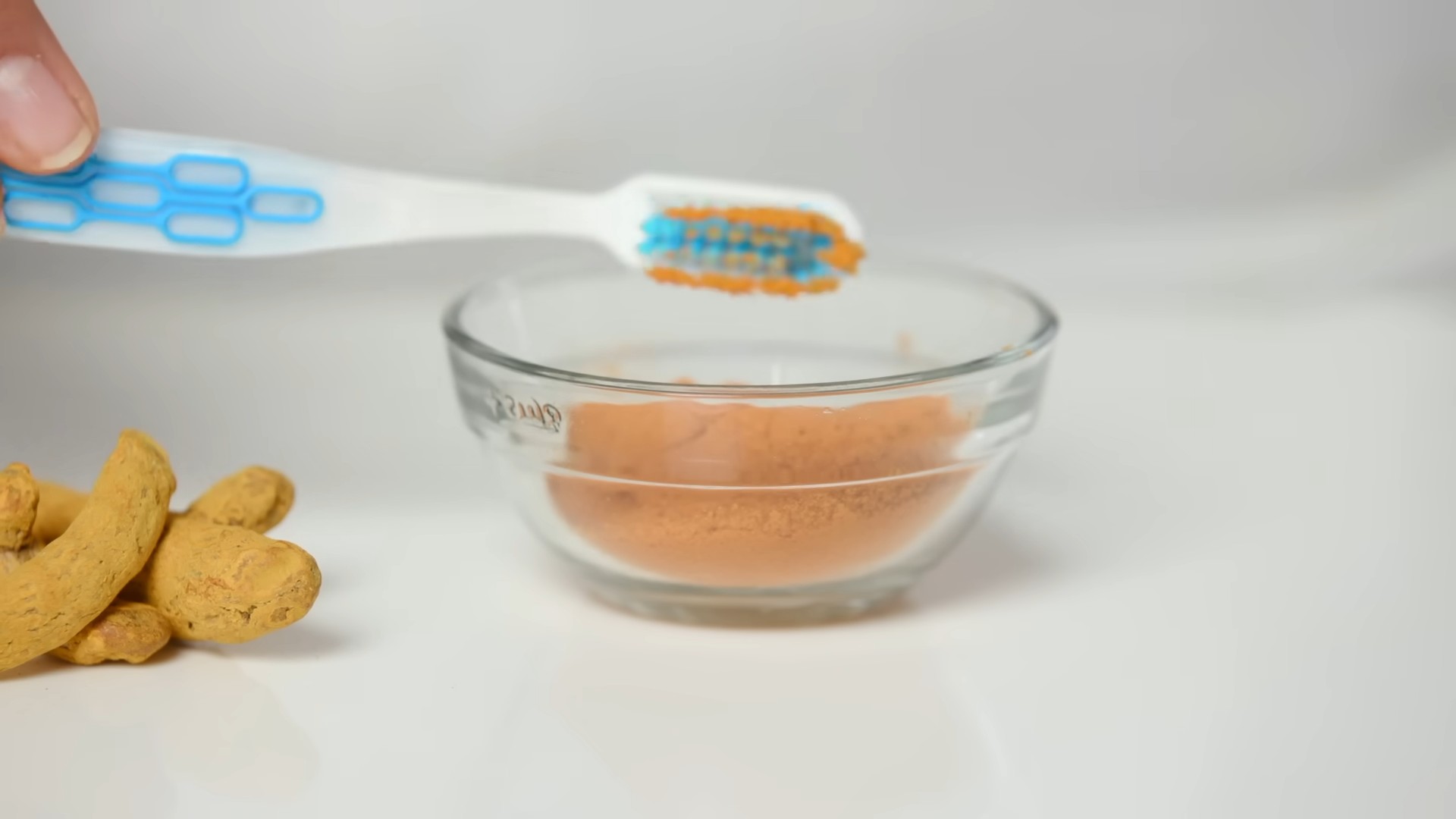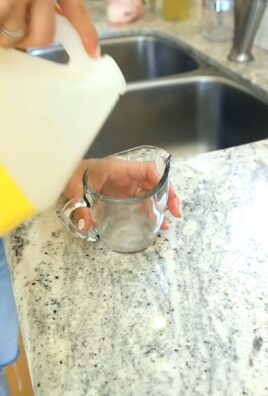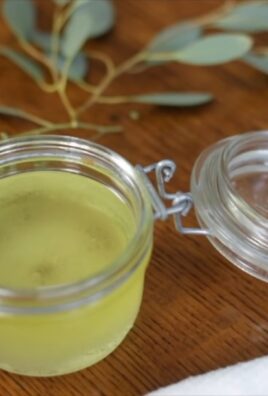DIY Teeth Whitening Turmeric: Ready to ditch those expensive whitening strips and embrace a natural, radiant smile? I’m so excited to share a simple, yet incredibly effective, DIY trick that’s been passed down through generations and is making waves in the beauty world: using turmeric for teeth whitening!
Turmeric, a vibrant golden spice, has been a staple in Ayurvedic medicine and Indian cuisine for centuries. Beyond its culinary uses, it’s revered for its potent anti-inflammatory and antioxidant properties. While it might seem counterintuitive to use a bright yellow spice to whiten your teeth, trust me, the results can be amazing! The secret lies in turmeric’s active compound, curcumin, which, when combined with other ingredients, can gently polish and brighten your pearly whites.
In today’s world, where everyone desires a dazzling smile, professional teeth whitening treatments can be costly and sometimes harsh on sensitive teeth. That’s where this DIY Teeth Whitening Turmeric hack comes in! It’s a budget-friendly, natural alternative that you can easily incorporate into your oral hygiene routine. I’ll guide you through a simple recipe and provide tips to ensure you achieve the best possible results without damaging your enamel. Get ready to unlock a brighter, more confident smile, naturally!

DIY Teeth Whitening with Turmeric: A Natural Approach
Hey everyone! I’m so excited to share this DIY teeth whitening trick with you using a surprising ingredient: turmeric! I know, I know, turmeric stains everything yellow, right? But trust me, when used correctly, it can actually help brighten your smile. I’ve been experimenting with this for a while now, and I’m really happy with the results. It’s a natural, affordable alternative to those harsh chemical whitening treatments. Let’s dive in!
What You’ll Need
Before we get started, let’s gather all the necessary supplies. This will make the whole process much smoother.
* Turmeric Powder: This is the star of the show! Make sure you’re using pure turmeric powder, not a blend with other spices.
* Coconut Oil: I prefer using virgin coconut oil because of its antibacterial properties and mild flavor.
* Peppermint Essential Oil (Optional): This helps to improve the taste and adds a refreshing feel.
* Baking Soda (Optional): A little baking soda can boost the whitening power, but use it sparingly as it can be abrasive.
* A Small Bowl or Dish: For mixing the ingredients.
* A Toothbrush (Dedicated for Whitening): Don’t use your regular toothbrush for this, as the turmeric can stain the bristles.
* Water: For rinsing.
* Mirror: To make sure you’re getting all those hard-to-reach spots.
* Towel: To protect your clothes from any turmeric splatters. Trust me, it happens!
Mixing Your Turmeric Whitening Paste
Okay, now for the fun part – creating our whitening paste! This is where we combine all the ingredients to make a powerful, natural teeth whitener.
1. Start with Turmeric: In your small bowl, add 1 teaspoon of turmeric powder. Remember, a little goes a long way!
2. Add Coconut Oil: Next, add 1 teaspoon of coconut oil to the turmeric powder. The coconut oil helps to create a smooth paste and also has its own oral health benefits.
3. Optional Baking Soda: If you’re using baking soda, add just a pinch (about 1/4 teaspoon) to the mixture. Be careful not to add too much, as it can be abrasive to your enamel.
4. Optional Peppermint Oil: If you want a fresher taste, add 1-2 drops of peppermint essential oil. This is totally optional, but I find it makes the experience much more pleasant.
5. Mix Thoroughly: Now, using a small spoon or spatula, mix all the ingredients together until you have a smooth, even paste. Make sure there are no clumps of turmeric powder. The consistency should be similar to regular toothpaste.
The Whitening Process: Brushing with Turmeric
Alright, we’ve got our paste ready. Now it’s time to put it to work! This is where the magic happens, and you’ll start to see the potential of turmeric for teeth whitening.
1. Prepare Your Toothbrush: Dip your dedicated whitening toothbrush into the turmeric paste, making sure to coat the bristles evenly.
2. Brush Gently: Now, gently brush your teeth with the turmeric paste for about 2-3 minutes. Focus on areas that are more stained or discolored. Be sure to get all surfaces of your teeth – front, back, and chewing surfaces.
3. Don’t Scrub Too Hard: It’s important to be gentle while brushing. Scrubbing too hard can damage your enamel. Let the turmeric do its work without excessive force.
4. Let it Sit (Optional): For a more intense whitening effect, you can leave the turmeric paste on your teeth for an additional 3-5 minutes after brushing. This allows the turmeric to further penetrate and lift stains.
5. Rinse Thoroughly: After brushing (and letting it sit, if you choose), rinse your mouth thoroughly with water. Make sure to remove all traces of the turmeric paste. You might need to rinse several times to get rid of the yellow residue.
6. Follow Up with Regular Toothpaste: After rinsing with water, brush your teeth again with your regular toothpaste to remove any remaining turmeric and freshen your breath. This also helps to ensure that no yellow staining remains.
7. Inspect Your Teeth: Take a look in the mirror to see the results. You might notice a slight difference after just one use, but it usually takes several applications to see a significant improvement.
Important Considerations and Tips
Before you start using turmeric for teeth whitening regularly, there are a few important things to keep in mind. These tips will help you get the best results and avoid any potential issues.
* Turmeric Can Stain: While turmeric can help whiten teeth, it can also stain surfaces. Be careful when using it to avoid getting it on your clothes, countertops, or other surfaces. If you do get turmeric on something, clean it up immediately.
* Use a Dedicated Toothbrush: As mentioned earlier, turmeric can stain the bristles of your toothbrush. It’s best to use a separate toothbrush specifically for this purpose.
* Don’t Overdo It: While turmeric is a natural ingredient, it’s important not to overdo it. Using it too frequently or for too long can potentially damage your enamel. I recommend using this method no more than 2-3 times per week.
* Listen to Your Body: If you experience any sensitivity or irritation while using turmeric for teeth whitening, stop using it immediately. Everyone’s teeth are different, and some people may be more sensitive to certain ingredients.
* Consult Your Dentist: If you have any concerns about using turmeric for teeth whitening, or if you have any underlying dental issues, it’s always a good idea to consult your dentist first. They can provide personalized advice based on your individual needs.
* Be Patient: Natural teeth whitening methods often take time to show results. Don’t expect to see a dramatic difference after just one use. Be patient and consistent with your routine, and you’ll eventually start to see an improvement in the brightness of your smile.
* Combine with Other Good Oral Hygiene Practices: Turmeric whitening works best when combined with other good oral hygiene practices, such as regular brushing, flossing, and dental checkups.
* Storage: Store any leftover turmeric paste in an airtight container in a cool, dry place. It should last for a few days. However, I prefer to make a fresh batch each time to ensure the best results.
* Experiment with Ingredients: Feel free to experiment with the ingredients to find a combination that works best for you. For example, you could try adding a drop of clove oil for its antiseptic properties, or a pinch of salt for its cleansing effect.
* Watch for Allergic Reactions: Although rare, some people may be allergic to turmeric. If you experience any signs of an allergic reaction, such as itching, swelling, or difficulty breathing, stop using turmeric immediately and seek medical attention.
Why This Works: The Science Behind It
You might be wondering, how can something that stains everything yellow actually whiten teeth? Well, it’s not a bleach like traditional whitening products. Turmeric’s whitening properties come from its ability to gently polish the teeth and remove surface stains. It also has anti-inflammatory and antibacterial properties that can promote overall oral health.
Coconut oil, another key ingredient, is known for its antimicrobial properties. Oil pulling with coconut oil has been shown to reduce plaque and bacteria in the mouth, which can contribute to a brighter smile.
Baking soda, when used sparingly, acts as a mild abrasive to help remove surface stains. However, it’s important to use it cautiously, as excessive use can damage the enamel.
My Personal Experience
I’ve been using this turmeric whitening method for a few months now, and I’ve definitely noticed a difference in the brightness of my teeth. It’s not a dramatic transformation, but my teeth look noticeably whiter and cleaner. I also love that it’s a natural and affordable alternative to traditional whitening treatments.
I started by using it about three times a week, but now I’ve reduced it to once or twice a week to maintain the results. I also make sure to brush gently and rinse thoroughly to avoid any staining.
Overall, I’m really happy with this DIY teeth whitening trick. It’s a simple, effective, and natural way to brighten your smile. I hope you give it a try and see the results for yourself! Remember to be patient, consistent, and listen to your body. Happy whitening!

Conclusion
So, there you have it! This DIY teeth whitening turmeric trick isn’t just another fleeting internet trend; it’s a surprisingly effective and natural way to brighten your smile. We’ve explored the science behind why turmeric, despite its vibrant color, can actually contribute to a whiter smile when used correctly. It’s a far cry from harsh chemical treatments and expensive dental procedures, offering a gentle and accessible alternative for those seeking a brighter, more confident smile.
But why is this DIY method a must-try? Firstly, it’s incredibly cost-effective. You likely already have turmeric in your spice rack, and the other ingredients are easily accessible and affordable. Secondly, it’s a natural approach, minimizing your exposure to potentially harmful chemicals found in many commercial whitening products. This is especially appealing for individuals with sensitive teeth or gums who often experience discomfort with traditional whitening methods. Thirdly, it’s customizable! You can adjust the consistency and ingredients to suit your preferences and needs.
Variations and Suggestions:
* Coconut Oil Boost: For added antibacterial benefits and a smoother paste, incorporate a teaspoon of coconut oil into your mixture. Coconut oil pulling is also known for its oral health benefits.
* Peppermint Freshness: Add a drop or two of peppermint essential oil for a refreshing taste and breath-freshening effect. Be sure to use a food-grade essential oil.
* Baking Soda Enhancement: For a more abrasive cleaning action, add a pinch of baking soda. However, use this variation sparingly, as excessive use of baking soda can be abrasive to tooth enamel.
* Strawberry Power: Mash a small piece of strawberry into the paste. Strawberries contain malic acid, which can help to naturally whiten teeth.
We understand that trying something new can be daunting, especially when it comes to your oral health. That’s why we encourage you to start slowly and observe how your teeth react. Begin with once-a-week applications and gradually increase the frequency if you experience no sensitivity. Remember, consistency is key, and patience is essential. Don’t expect overnight miracles, but with regular use, you should start to notice a gradual brightening of your smile.
This DIY teeth whitening turmeric method is more than just a recipe; it’s an invitation to take control of your oral health in a natural and empowering way. We’re confident that you’ll be pleasantly surprised by the results.
Now, it’s your turn! We wholeheartedly encourage you to try this DIY teeth whitening turmeric trick and experience the benefits for yourself. Don’t forget to document your journey and share your experiences with us in the comments below. We’re eager to hear your tips, variations, and, most importantly, your results! Let’s build a community of radiant smiles, one turmeric-powered brushing at a time. Your feedback will not only help others but also contribute to refining this natural teeth whitening technique. So, grab your turmeric, mix up a batch, and get ready to smile brighter!
Frequently Asked Questions (FAQ)
Is turmeric safe for my teeth?
Yes, when used correctly, turmeric is generally considered safe for teeth. However, it’s crucial to use it in moderation and avoid excessive scrubbing, as turmeric is mildly abrasive. Overuse could potentially lead to enamel erosion over time. Always listen to your body and discontinue use if you experience any sensitivity or discomfort. It’s also important to note that while turmeric can help with surface stains, it may not be as effective on intrinsic stains (stains that are within the tooth structure).
Will turmeric stain my teeth yellow?
This is the most common concern, and understandably so! While turmeric has a vibrant yellow color, it doesn’t typically stain teeth yellow when used in a paste and rinsed thoroughly. The key is to mix it with other ingredients like water or coconut oil and to brush gently. The abrasive nature of the paste, combined with the rinsing action, helps to remove any temporary yellow residue. However, it’s essential to rinse your mouth thoroughly after each use to prevent any potential staining. If you notice any yellowing, try brushing with your regular toothpaste afterward.
How often should I use this DIY teeth whitening turmeric paste?
We recommend starting with once or twice a week. Observe how your teeth and gums react. If you experience no sensitivity, you can gradually increase the frequency to every other day. However, avoid using it daily, as excessive use could potentially be abrasive to your enamel. Remember, consistency is more important than frequency.
Can I use this turmeric teeth whitening method if I have sensitive teeth?
If you have sensitive teeth, proceed with caution. Start with a very small amount of turmeric and mix it with a larger quantity of water or coconut oil to create a less abrasive paste. Use a soft-bristled toothbrush and brush very gently. If you experience any pain or discomfort, discontinue use immediately. You might also consider consulting with your dentist before trying this method, especially if you have any underlying dental conditions.
How long will it take to see results?
Results vary from person to person, depending on the severity of the staining and the frequency of use. Some people may notice a difference after just a few uses, while others may need to use it for several weeks to see noticeable results. Be patient and consistent with your routine. Remember that this is a natural method, so it may take longer to see results compared to professional whitening treatments.
Can I use this method if I have fillings, crowns, or veneers?
While turmeric is generally safe, it’s always best to consult with your dentist before using it on fillings, crowns, or veneers. Some materials may be more susceptible to staining or damage from abrasive substances. Your dentist can advise you on the best whitening options for your specific dental work.
What kind of turmeric should I use?
Use high-quality, pure turmeric powder. Avoid turmeric blends that may contain other spices or additives. Organic turmeric is always a good choice to minimize your exposure to pesticides.
How should I store the leftover turmeric paste?
It’s best to make a fresh batch of turmeric paste each time you use it. However, if you have leftover paste, you can store it in an airtight container in the refrigerator for up to 24 hours. Be sure to check for any signs of spoilage before using it.
Can I swallow the turmeric paste?
While turmeric is generally safe to consume, it’s not recommended to swallow large amounts of the paste. It’s best to spit out the paste after brushing and rinse your mouth thoroughly.
What if I accidentally swallow some of the paste?
Swallowing a small amount of the turmeric paste is unlikely to cause any harm. However, if you experience any nausea, vomiting, or diarrhea, consult with a doctor.
Does this DIY teeth whitening turmeric method replace regular brushing and flossing?
Absolutely not! This DIY method is intended to be a supplement to your regular oral hygiene routine, not a replacement. You should still brush your teeth twice a day with fluoride toothpaste and floss daily to maintain good oral health.
Can I use this method if I am pregnant or breastfeeding?
If you are pregnant or breastfeeding, it’s always best to consult with your doctor before trying any new oral hygiene products or methods. While turmeric is generally considered safe, it’s important to err on the side of caution during pregnancy and breastfeeding.





Leave a Comment